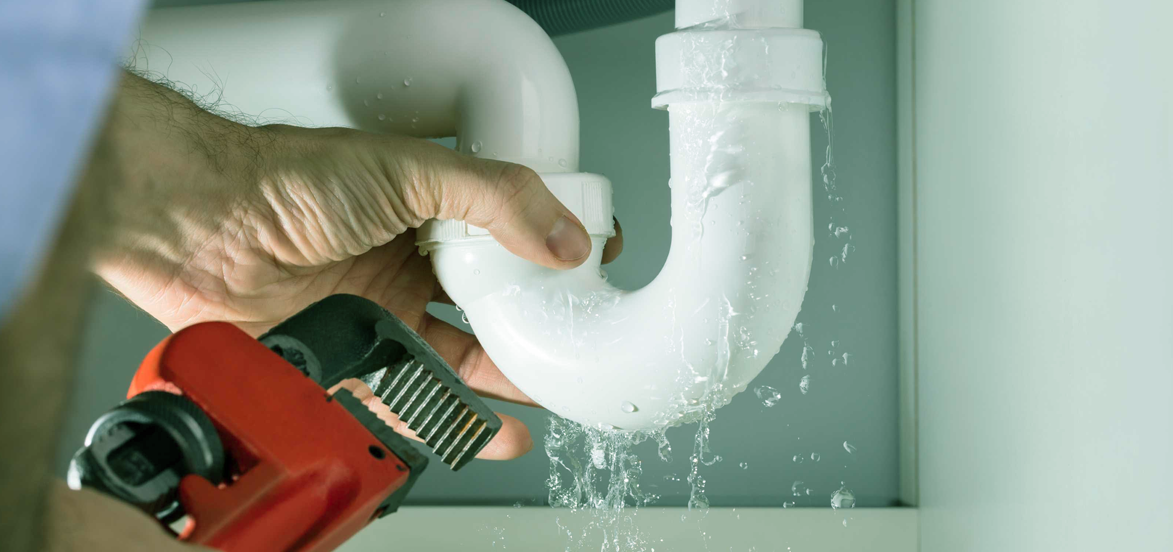Find Concealed Water Line Leaks: Six Ingenious Detection Tips
Find Concealed Water Line Leaks: Six Ingenious Detection Tips
Blog Article
How do you feel when it comes to Leaking water lines?

Early detection of leaking water lines can minimize a possible calamity. Some little water leaks may not be visible.
1. Examine the Water Meter
Every home has a water meter. Examining it is a guaranteed manner in which helps you find leakages. For beginners, turn off all the water resources. Make certain no person will certainly purge, use the faucet, shower, run the washing machine or dishwasher. From there, most likely to the meter as well as watch if it will transform. Considering that no one is using it, there ought to be no movements. That indicates a fast-moving leakage if it relocates. If you discover no changes, wait a hr or two as well as examine back once again. This implies you may have a slow-moving leak that might even be below ground.
2. Inspect Water Intake
Evaluate your water costs and track your water intake. As the one paying it, you ought to discover if there are any inconsistencies. If you spot sudden changes, in spite of your intake coinciding, it suggests that you have leakages in your plumbing system. Remember, your water bill must drop under the same range every month. An unexpected spike in your costs suggests a fast-moving leak.
At the same time, a consistent increase each month, even with the very same practices, reveals you have a slow leak that's also gradually intensifying. Call a plumber to extensively examine your home, particularly if you feel a warm area on your floor with piping underneath.
3. Do a Food Coloring Examination
When it involves water intake, 30% comes from bathrooms. Examination to see if they are running correctly. Decline specks of food color in the tank and wait 10 minutes. If the shade somehow infiltrates your bowl throughout that time without flushing, there's a leak in between the tank as well as dish.
4. Asses Exterior Lines
Don't forget to check your exterior water lines as well. Test spigots by affixing a garden hose. Must water seep out of the link, you have a loose rubber gasket. Change this as well as make sure all connections are tight. It will certainly help get it properly examined as well as maintained annually if you've obtained a sprinkler system. One tiny leakage can squander lots of water as well as increase your water bill.
5. Evaluate the circumstance as well as examine
Homeowners should make it a practice to check under the sink counters and even inside cupboards for any kind of bad odor or mold development. These two warnings show a leakage so timely focus is required. Doing regular assessments, even bi-annually, can conserve you from a significant issue.
If you recognize your residence is already old, keep a watchful eye on your heating systems, tubes, pipelines etc. Look for discolorations and also damaging as most devices and also pipelines have a life span. They will certainly additionally naturally weaken due to tear as well as use. If you believe dripping water lines in your plumbing system, don't wait on it to intensify. Call a professional plumber right away so you do not wind up with a terrible mess in your home.
Early detection of dripping water lines can reduce a prospective disaster. Some little water leakages might not be visible. Checking it is a guaranteed means that helps you discover leaks. One little leakage can squander bunches of water and also increase your water bill.
If you suspect dripping water lines in your plumbing system, do not wait for it to escalate.
WARNING SIGNS OF WATER LEAKAGE BEHIND THE WALL
PERSISTENT MUSTY ODORS
As water slowly drips from a leaky pipe inside the wall, flooring and sheetrock stay damp and develop an odor similar to wet cardboard. It generates a musty smell that can help you find hidden leaks.
MOLD IN UNUSUAL AREAS
Mold usually grows in wet areas like kitchens, baths and laundry rooms. If you spot the stuff on walls or baseboards in other rooms of the house, it’s a good indicator of undetected water leaks.
STAINS THAT GROW
When mold thrives around a leaky pipe, it sometimes takes hold on the inside surface of the affected wall. A growing stain on otherwise clean sheetrock is often your sign of a hidden plumbing problem.
PEELING OR BUBBLING WALLPAPER / PAINT
This clue is easy to miss in rooms that don’t get much use. When you see wallpaper separating along seams or paint bubbling or flaking off the wall, blame sheetrock that stays wet because of an undetected leak.
BUCKLED CEILINGS AND STAINED FLOORS
If ceilings or floors in bathrooms, kitchens or laundry areas develop structural problems, don’t rule out constant damp inside the walls. Wet sheetrock can affect adjacent framing, flooring and ceilings.
https://www.servicemasterbyzaba.com/blog/how-to-detect-water-leakage-in-walls/

As an enthusiastic person who reads on Leaking water lines, I imagined sharing that piece of content was a smart idea. Sharing is caring. Helping others is fun. Thank-you for your time invested reading it.
Secure efficient service. Report this page